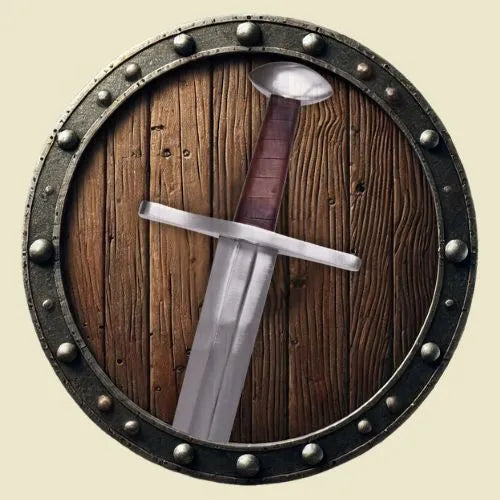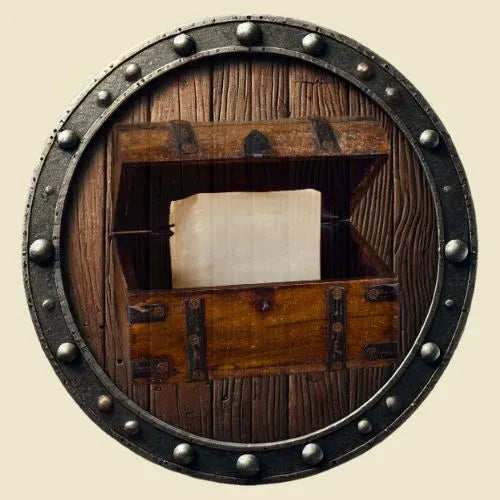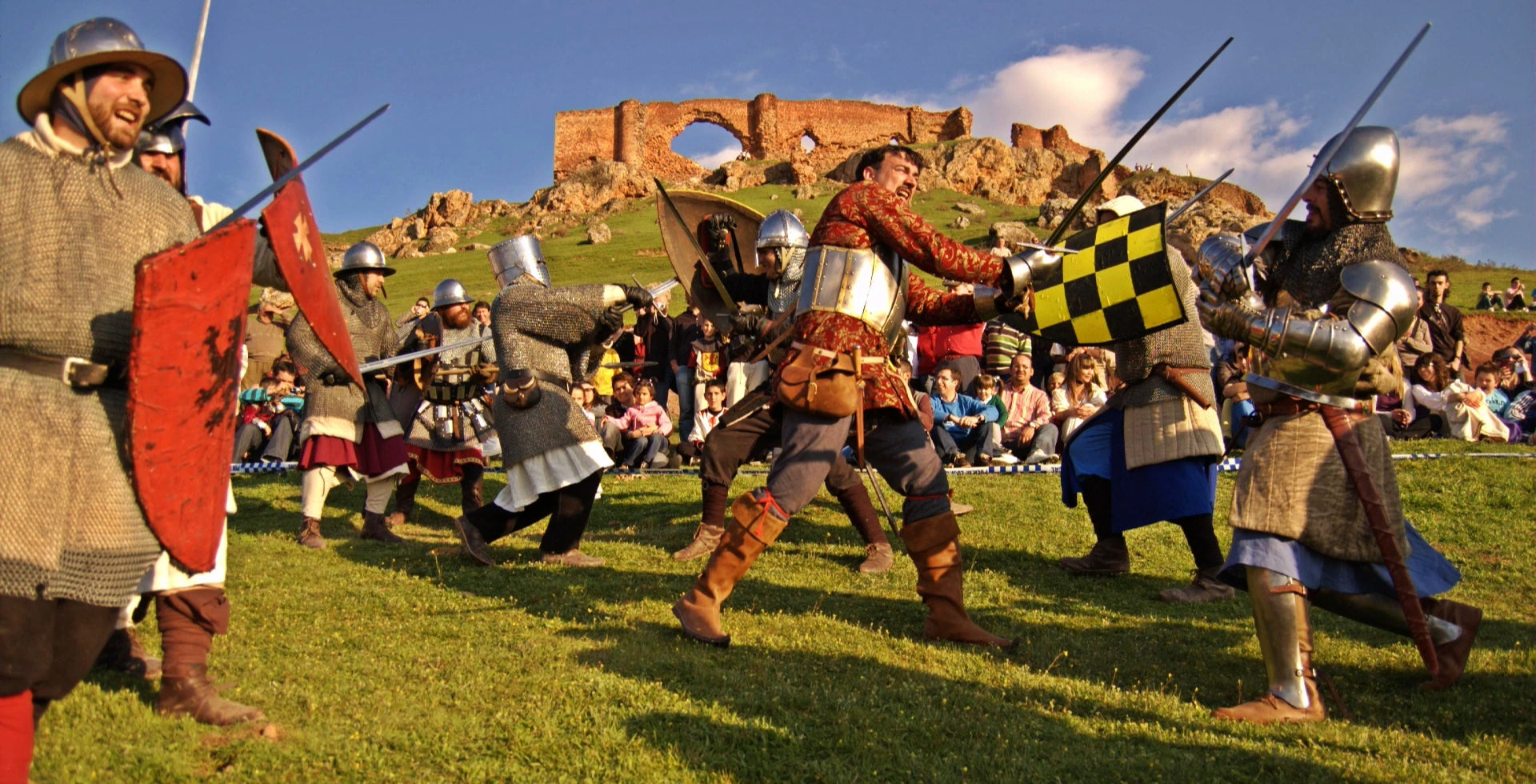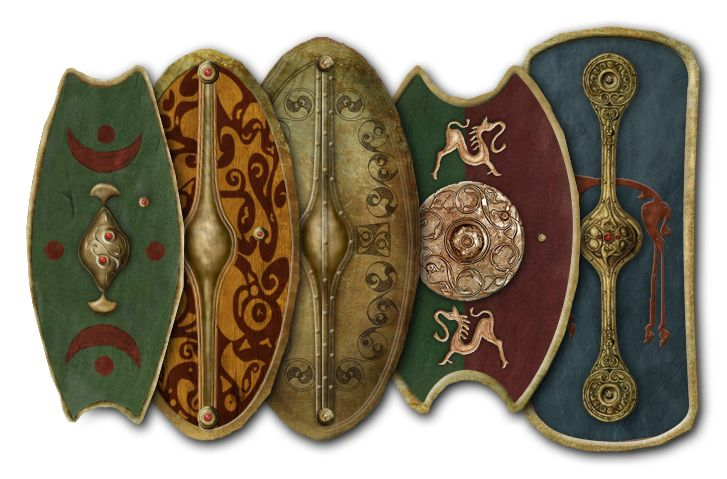Origin and historical evolution
The ham knife is an emblematic tool in Spanish gastronomy, especially in the art of slicing Iberian ham.
Its origin dates back to the development of specific utensils for cutting cured meats in the Iberian Peninsula, where ham consumption has been a tradition since the Middle Ages.
As cured ham gained cultural and culinary prominence, the need arose for a specialized, long, and flexible knife capable of making fine, precise cuts that respected the product's texture, flavor, and aroma.
For centuries, butchers, charcuterie makers, and ham masters perfected their techniques and tools. The ham knife, as we know it today, began to become standardized throughout the 20th century, when Serrano and Iberian hams achieved international renown and their cutting became more professional.

Types of ham knives
Although they all share similar characteristics, there are variants of the ham knife depending on their design and function:
· Classic ham knife: With a long, narrow, and flexible blade, ideal for making fine, even cuts.
· Hollow-edged knife: Includes small grooves on the sides of the blade that prevent the ham from sticking to the steel, improving glide.
· Rigid knife: Less flexible than the traditional one, it is used more in the initial cutting or in harder areas of the ham.
Each type has its function within the cutting process, depending on the part of the ham and the cutter's technique.
Importance of the knife in Spanish gastronomy
In Spain, ham carving is an art. Proper cutting enhances the flavor, texture, and experience for the diner. A sharp, well-handled ham knife produces thin, even slices with the ideal ratio of fat to infiltration.
At events, celebrations, and food fairs, the ham cutter is a respected figure, and his most important tool is, without a doubt, the ham knife.
How do you use a ham knife?
Proper use requires technique and safety. The key is to always keep the knife parallel to the bone and make smooth cuts, without applying excessive pressure. The knife glides rather than cuts forcefully, taking advantage of its flexibility.
In addition, it should be accompanied by a ham holder and, often, other auxiliary knives such as the puntilla (short and firm for boning or shaping).

Parts of the ham knife
Blade: Long (between 25 and 30 cm), thin, and flexible. The edge is usually smooth, although some models have grooves.
Edge: Sharp and continuous, allows clean cuts without tears.
Spine: Upper part of the leaf, thicker, which provides stability.
Tang: The internal axis that connects the blade to the handle. Good knives are full-tang.
Handle: Generally ergonomic, made of wood, polymer, or non-slip materials. It should offer good grip and security.
Sharpening and care
To maintain the performance of your ham knife, regular sharpening is essential.
Using a sharpening steel or honing tool is common to hone the edge before and after each use. Sharpening with a stone or professional sharpening system is also recommended from time to time.
In addition to sharpening, there are other necessary cares for its good conservation:
· Hand wash with warm water and dry immediately.
· Store with a protector or in a sleeve.
· Do not use to cut other foods or materials.
The ham knife isn't just a tool: it's a symbol of Spanish cuisine and an essential element for fully enjoying ham. Choosing the right one, knowing the types, and taking care with its sharpness can make the difference between an ordinary slice and a gourmet experience.
For any ham lover, mastering its use is an art that pays homage to the tradition and excellence of this cuisine.
Check out our variety of knives . Ham knives and much more, always of the highest quality.









